Quick revisit to Punta Leona
A quick visit!
Two weeks before this dive, I joined some friends that were taking their Open Water certification. This time, there was a promotion with the local dive center so I just went for the day to Punta Leona, about a two and a half hours drive from my home. It isn’t the greatest place to dive but I just can’t say no to spending some time underwater, taking pictures and seeing life.
Reefballing it
A reef ball is a type of structure that helps create artificial reefs. It’s supposedly made with marine-friendly elements. Check this article about reef balls in Punta Leona. I’m always vocal about these kind of efforts and who is pushing them. We can talk about how important reefs and corals are but when used as tokens to get funding, we lose opportunities to do better where it matters. Restoration programs need a solid scientific basis and, well… instead of going on with an extensive rant, let’s enjoy some pictures.
Here are some species I found in the reef balls!
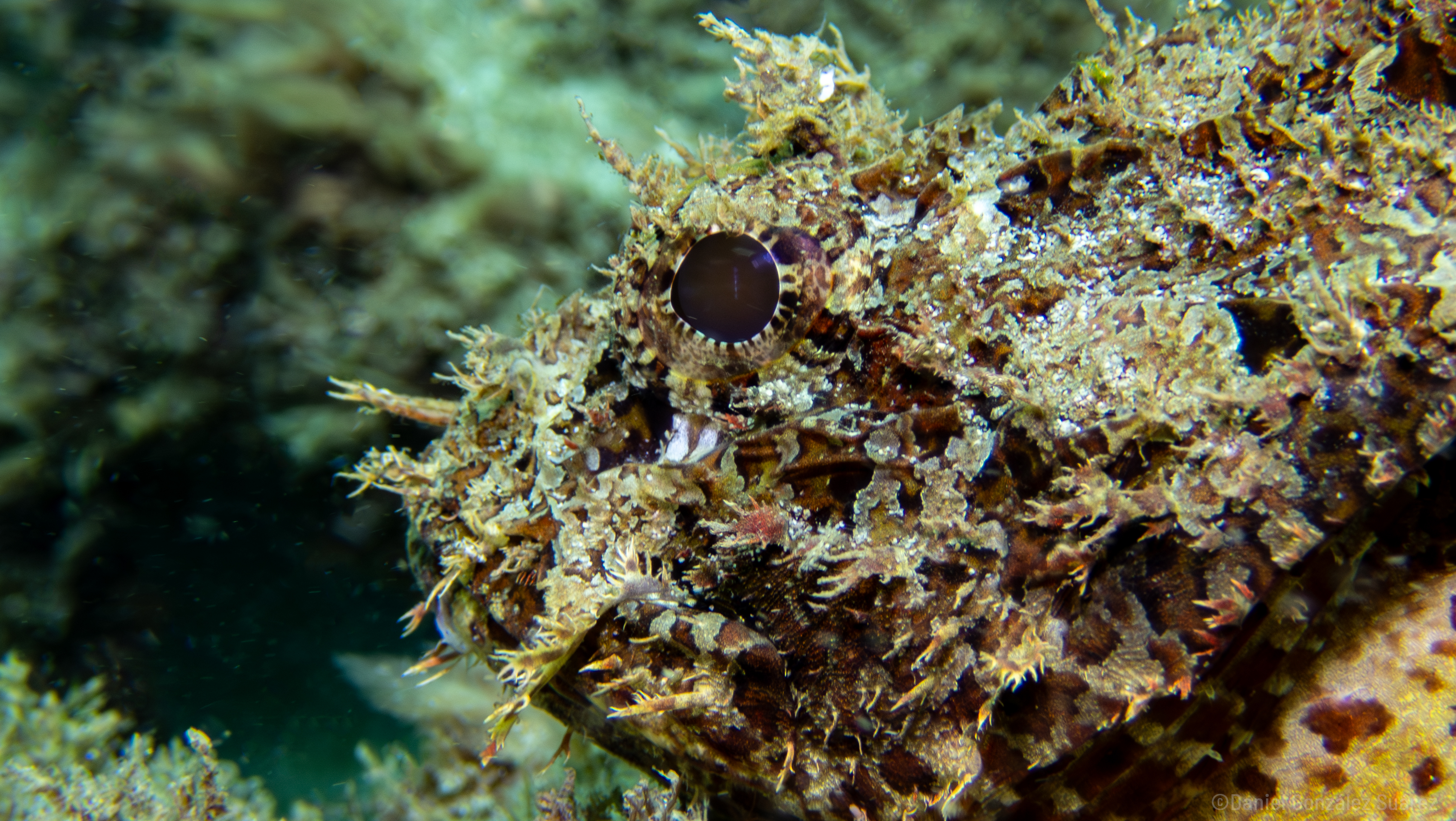
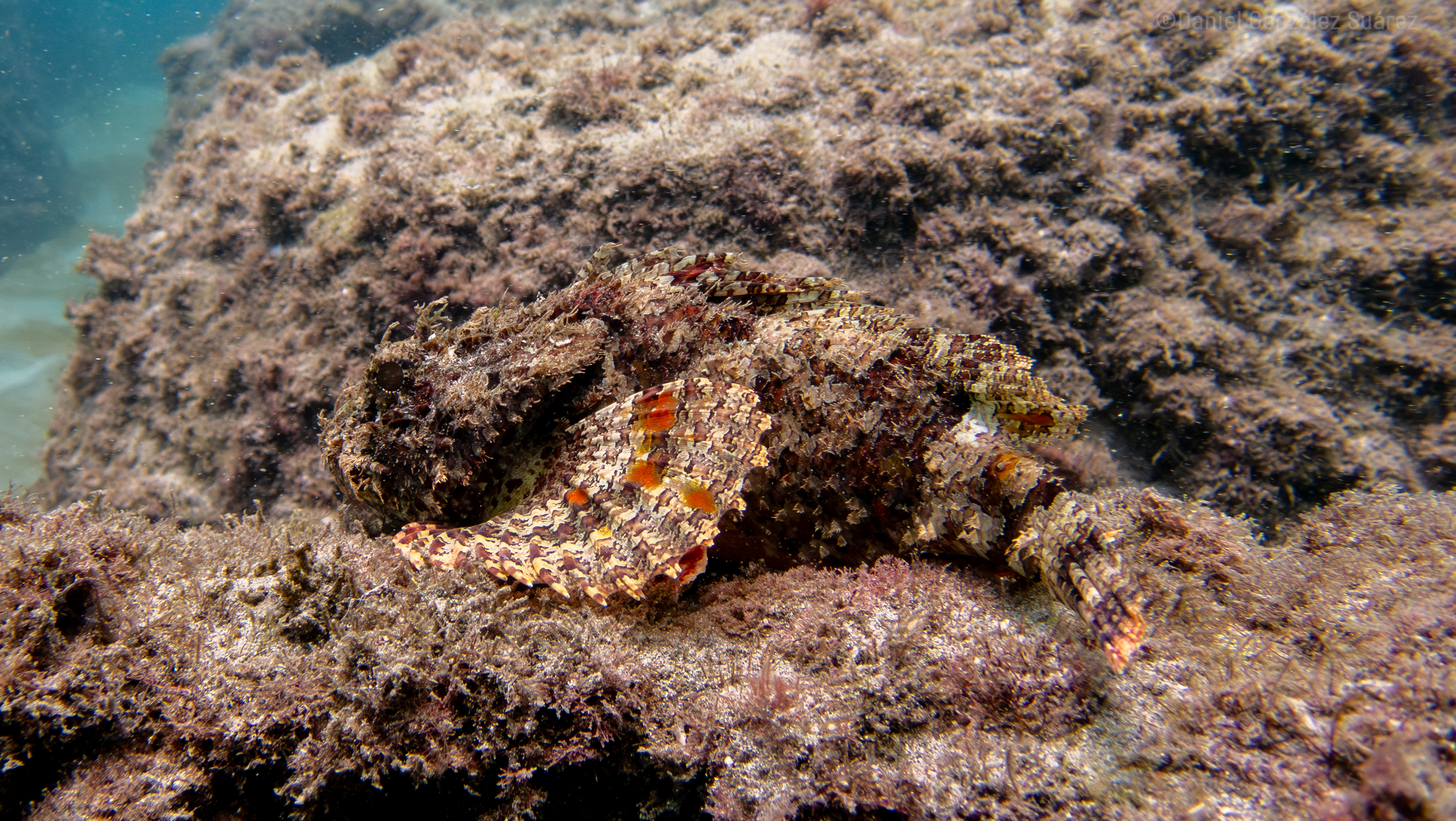


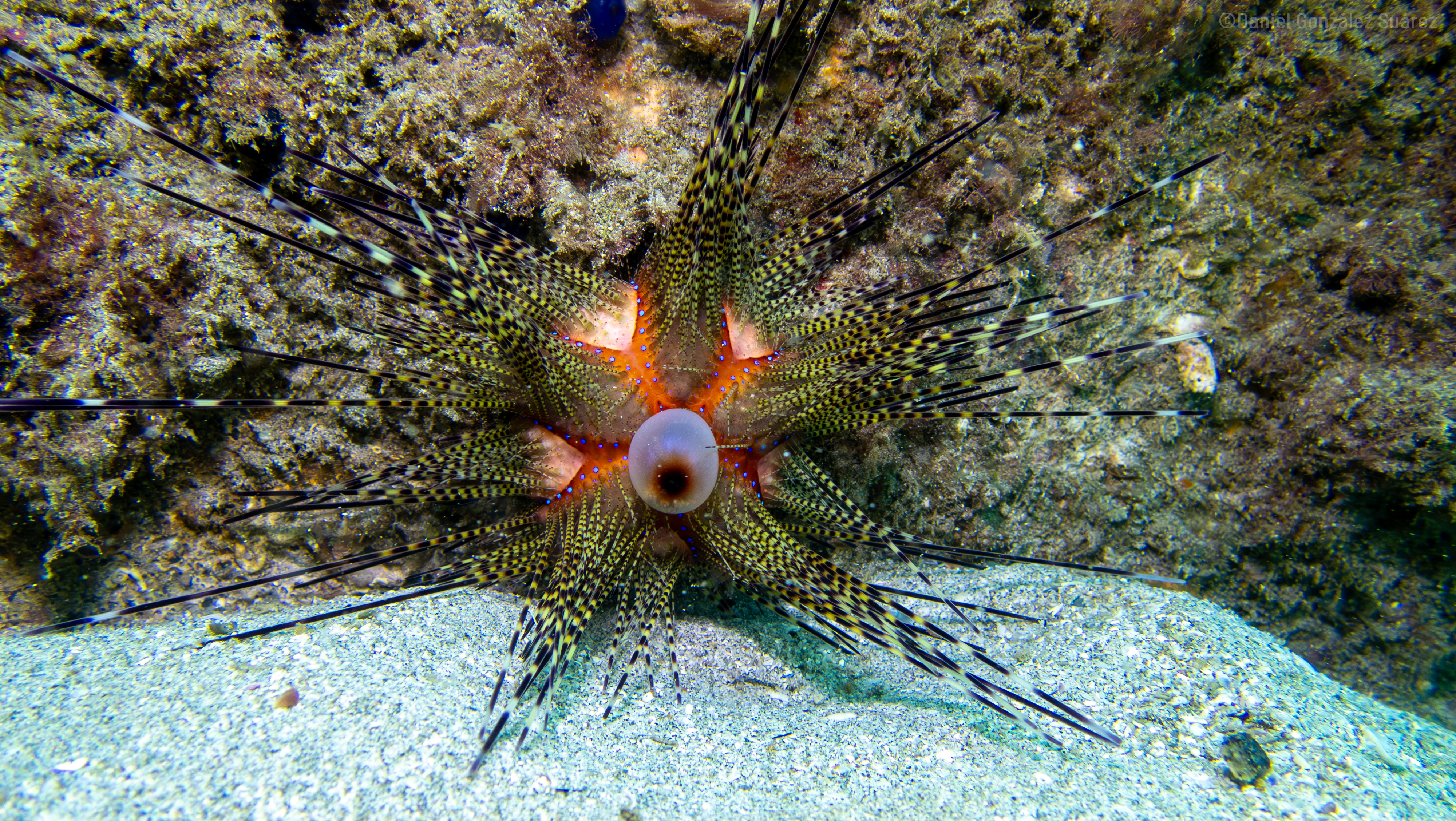
Scorpionfishes are always fun to photograph because they usually stand still. You can see how well they camouflage so that’s possibly why they stay still. No need to show their cards if they just wait in place! Here we have Scorpaena mystes, I think. Also, I was really excited to see the pin cushion sea urchin Astropyga pulvinata because the other time I saw it, I couldn’t take good pictures. This time, I spent many minutes taking lots of pictures of its details but I forgot to check its spines to see if there were any other species living in it.
I’m such a fan!
Would you believe these fan-shaped structures belong to a worm? These are called radioles.
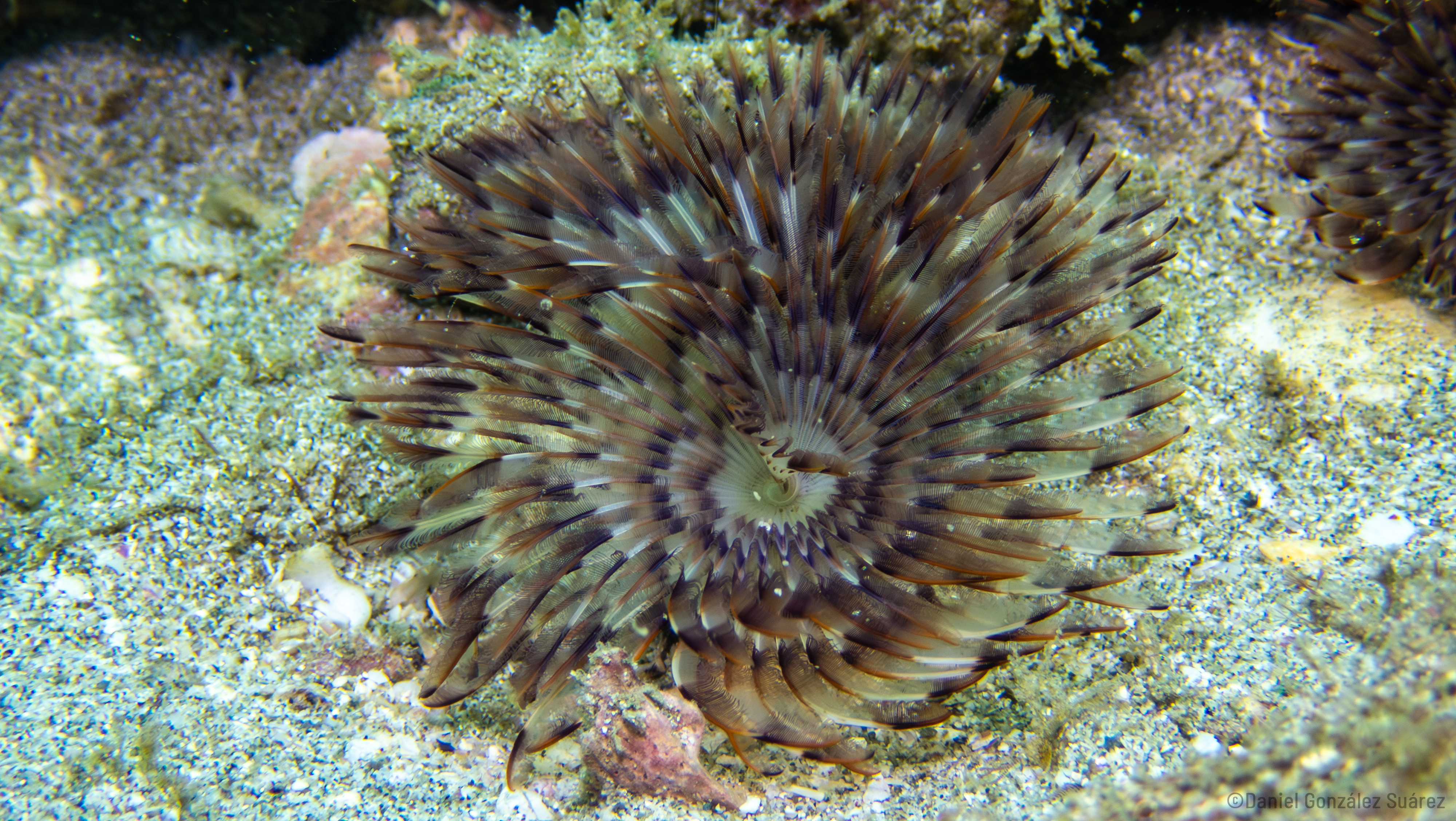

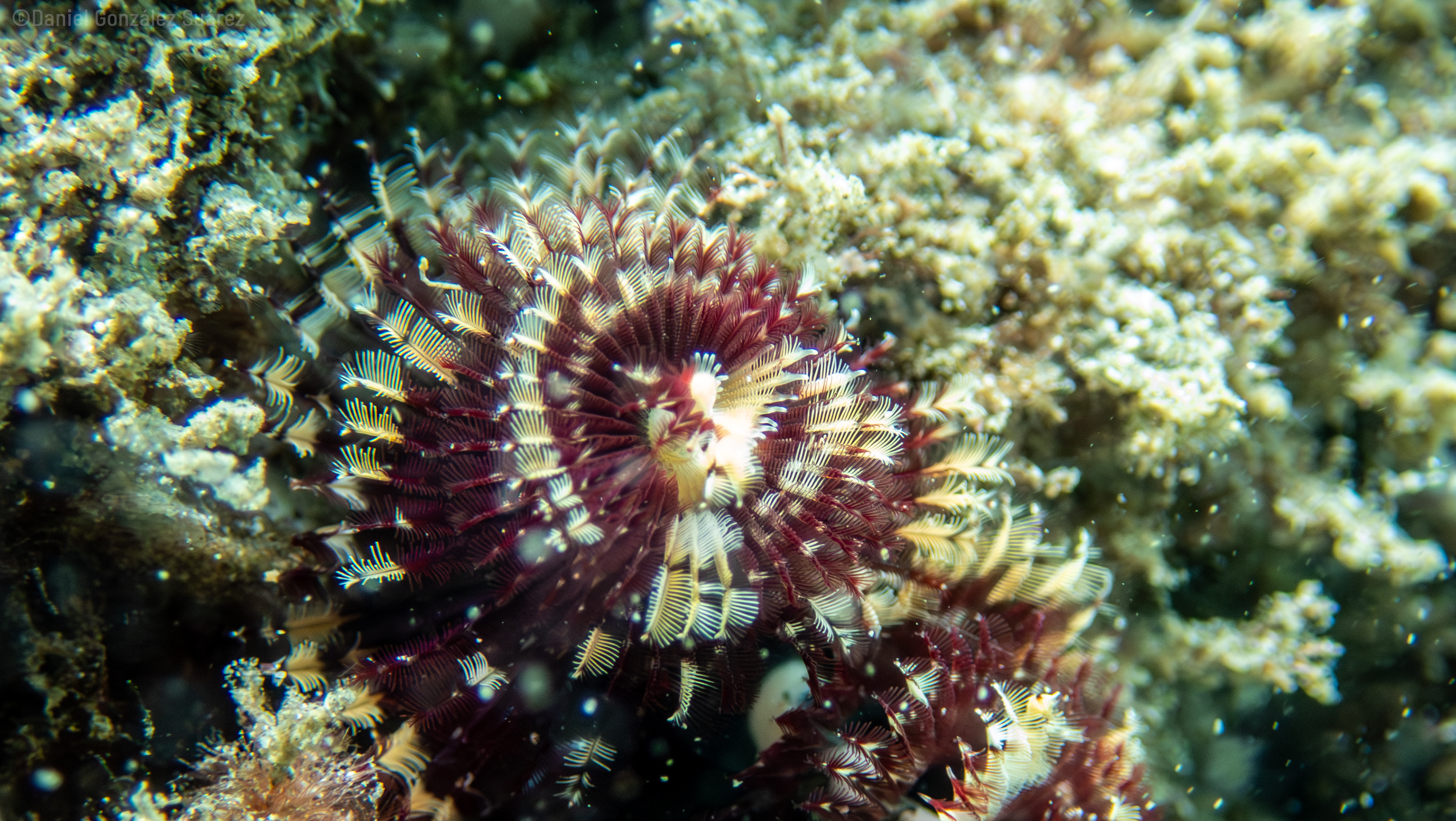
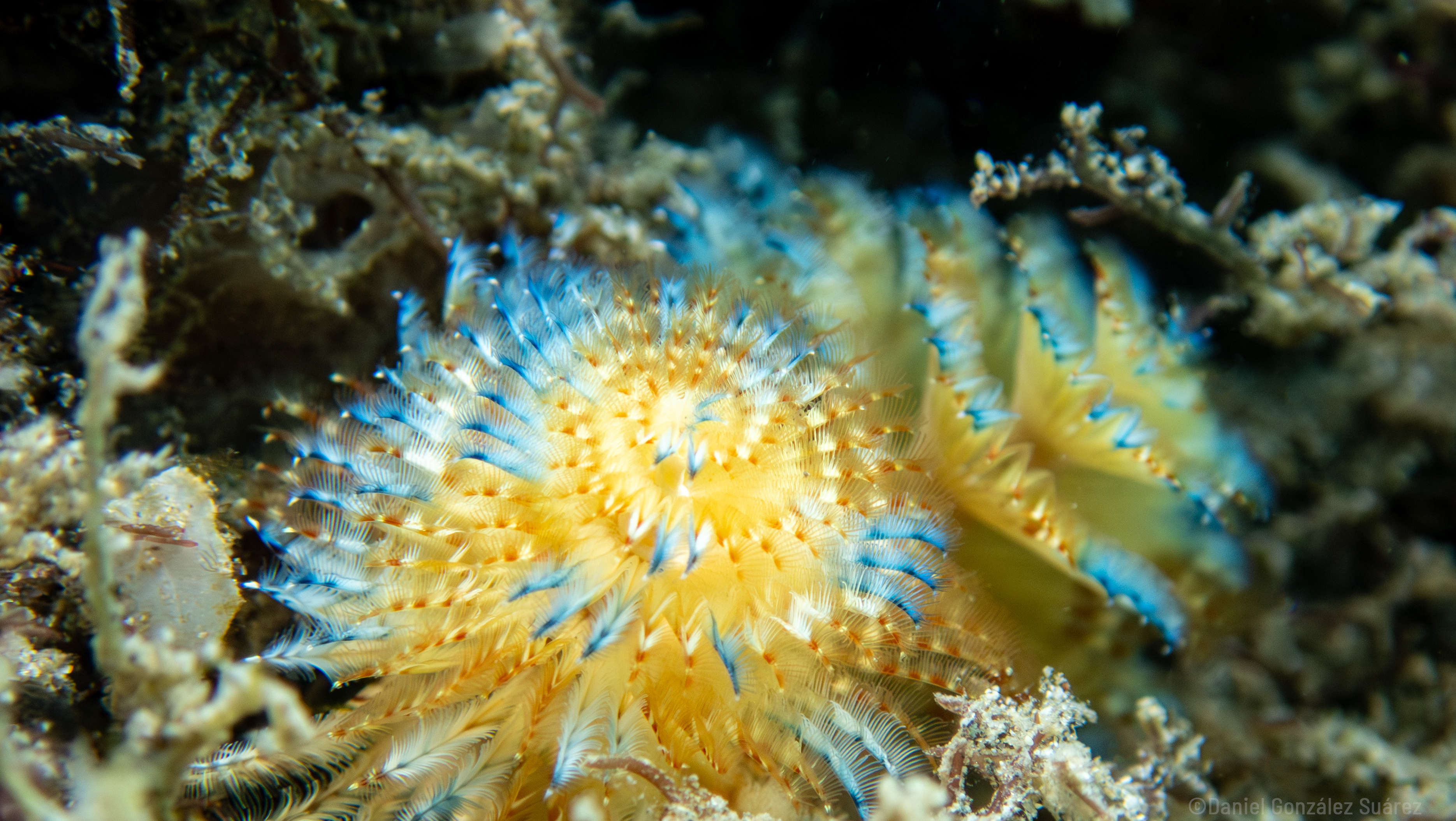
These are also called feather duster worms but the one at the top right and the other two at the bottoms are also known as Christmas Tree worms. I’m no expert in polychaete biology so ask your local polychaetologist for further information if you want to learn more!
I’m no expert - again
We talked a little bit about corals before but the ones we usually talk about are not the octocorals, also known as soft corals. Key differences between soft and hard corals can be found in the tentacles of their polyps. We might need a whole lesson about polyp biology but it’s late today, I want to have dinner and I still have to prepare everything so we’ll keep it short for now. I’m sure you can identify the polyps in the pictures and their tentacles.Soft corals have eight (or its multiples) tentacles while hard corals have six (or its multiples). That’s why you might hear about octocorals and hexacorals, though I think I’ve only heard hexacorrallians.
I saw these species but I’m not entirely sure about their taxonomy. I think these two belong to the Muricea genus. Why? They just look like it. So that’s how this segment got its name. I’ve already uploaded these pictures to iNaturalist but haven’t gotten any suggestion. I just classified them as Octocorallia, hoping that someone will come in and suggest a lower rank.
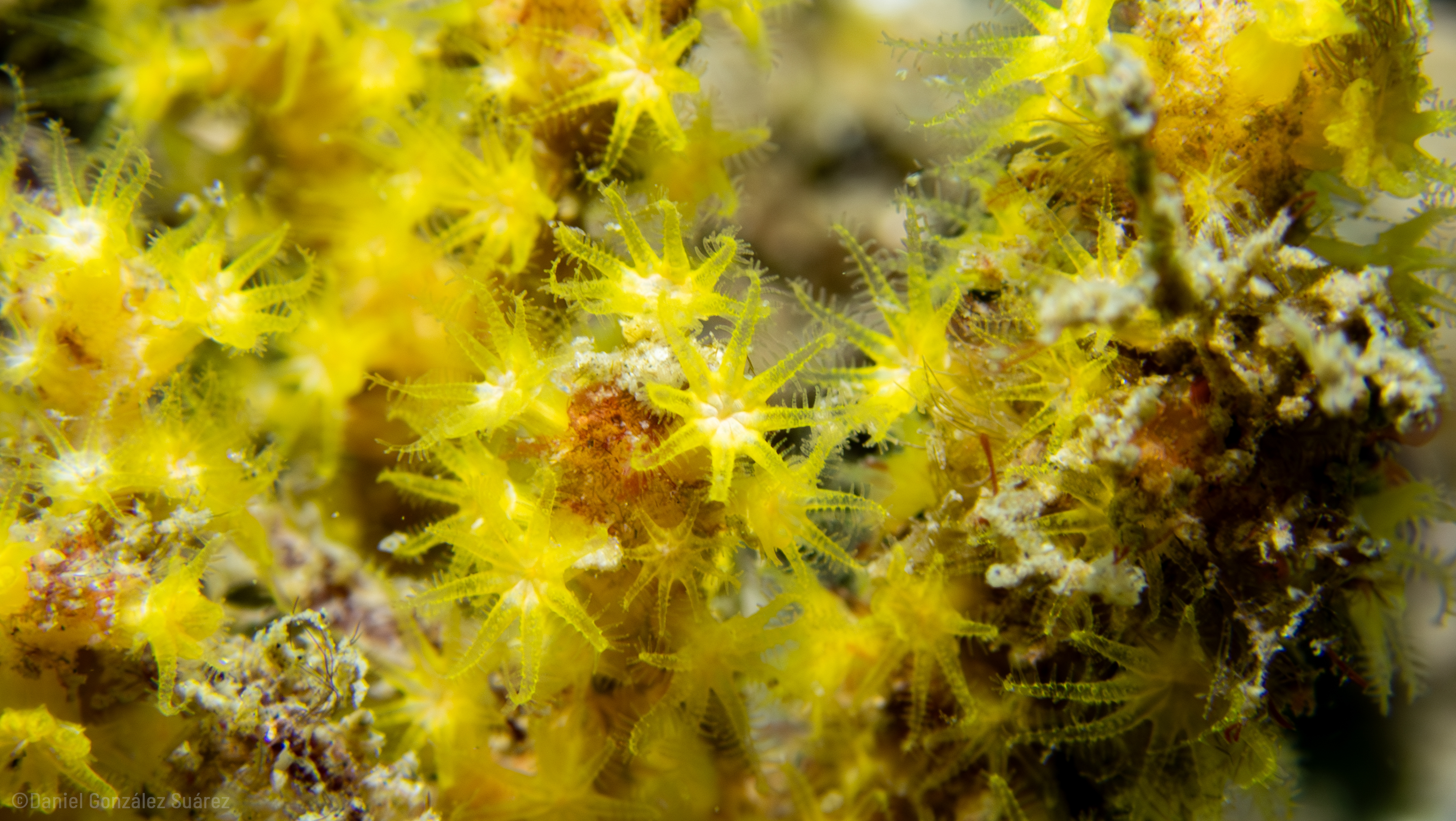

The Gallery
More pictures to see!
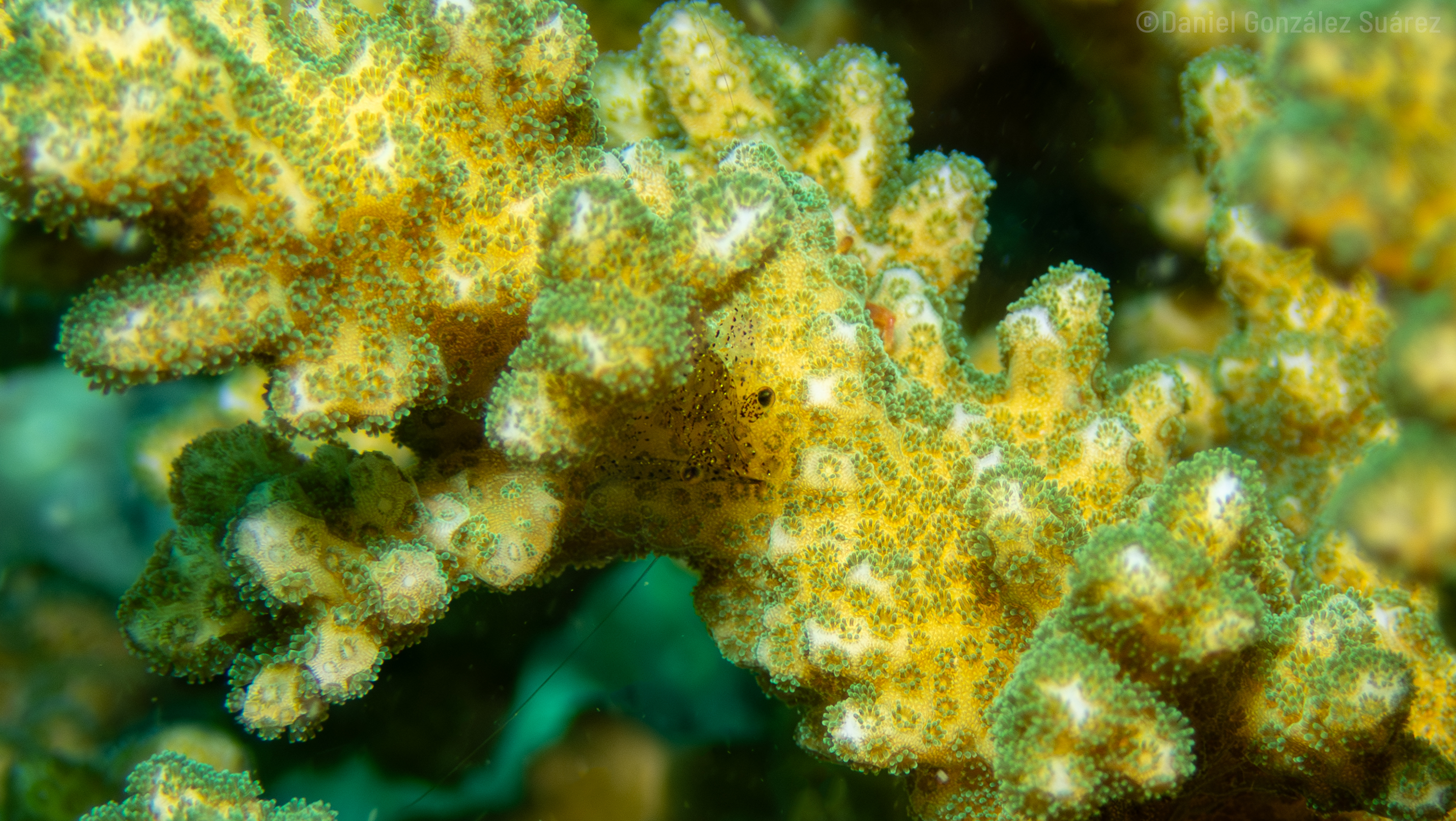
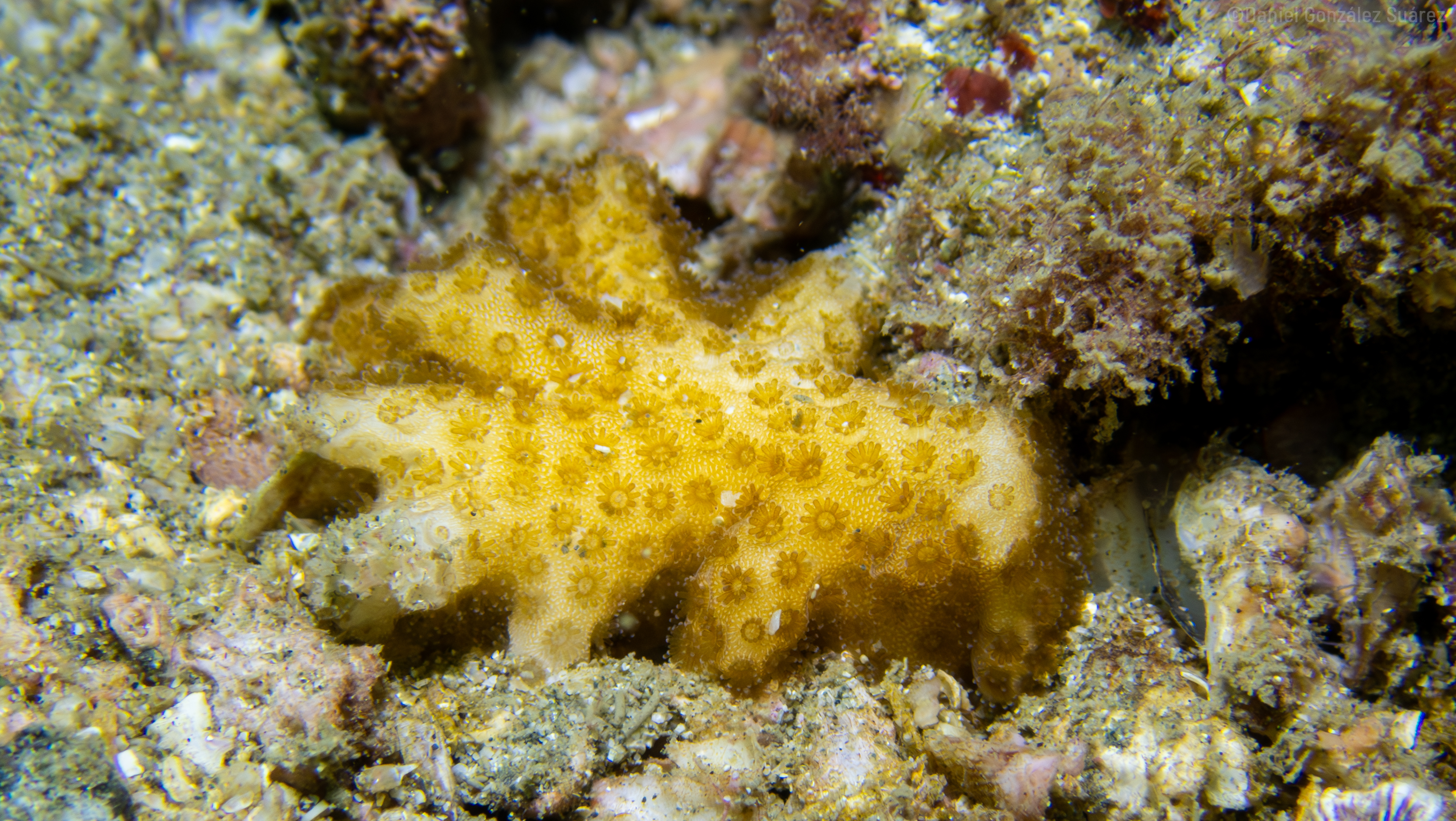
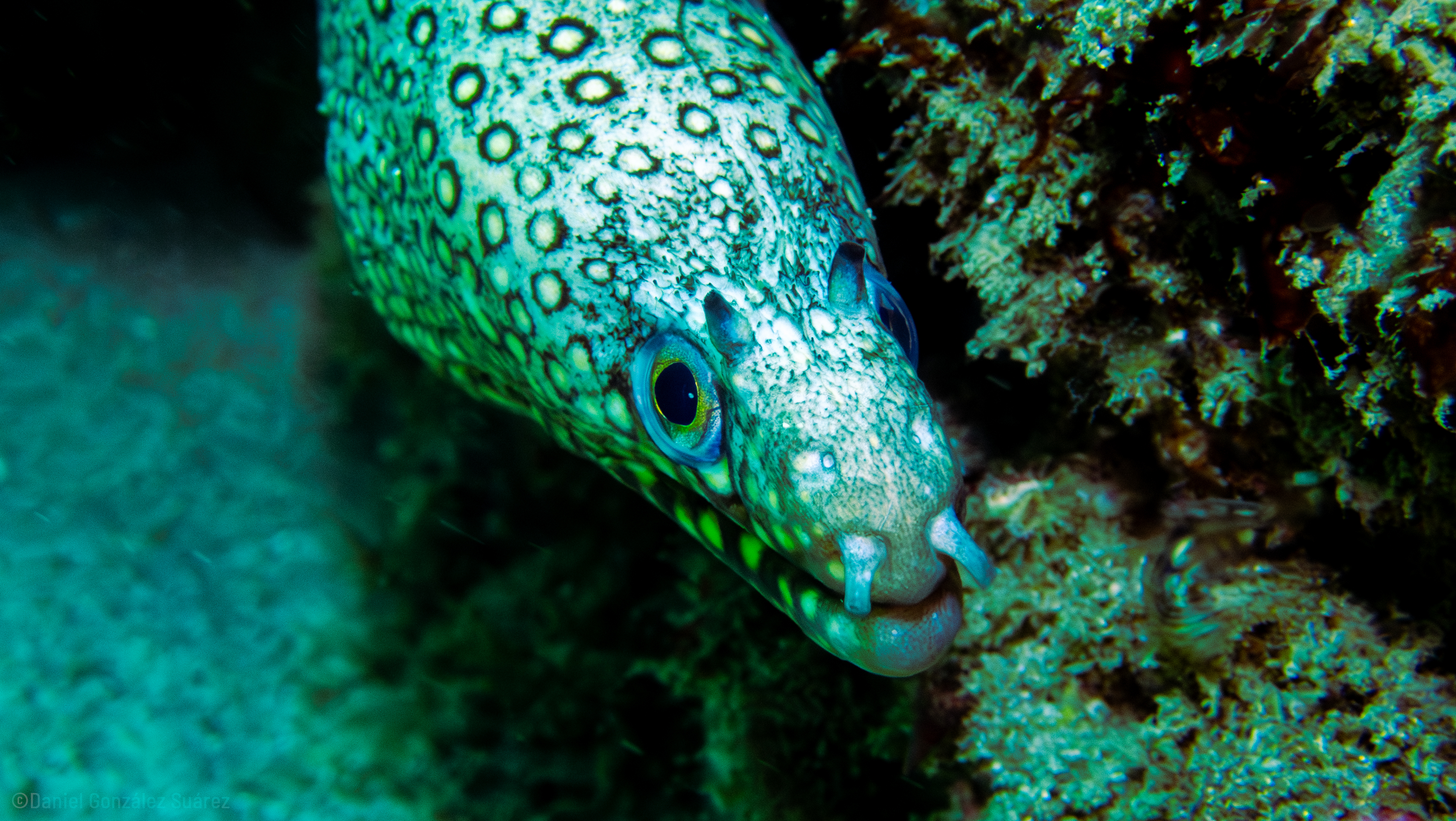
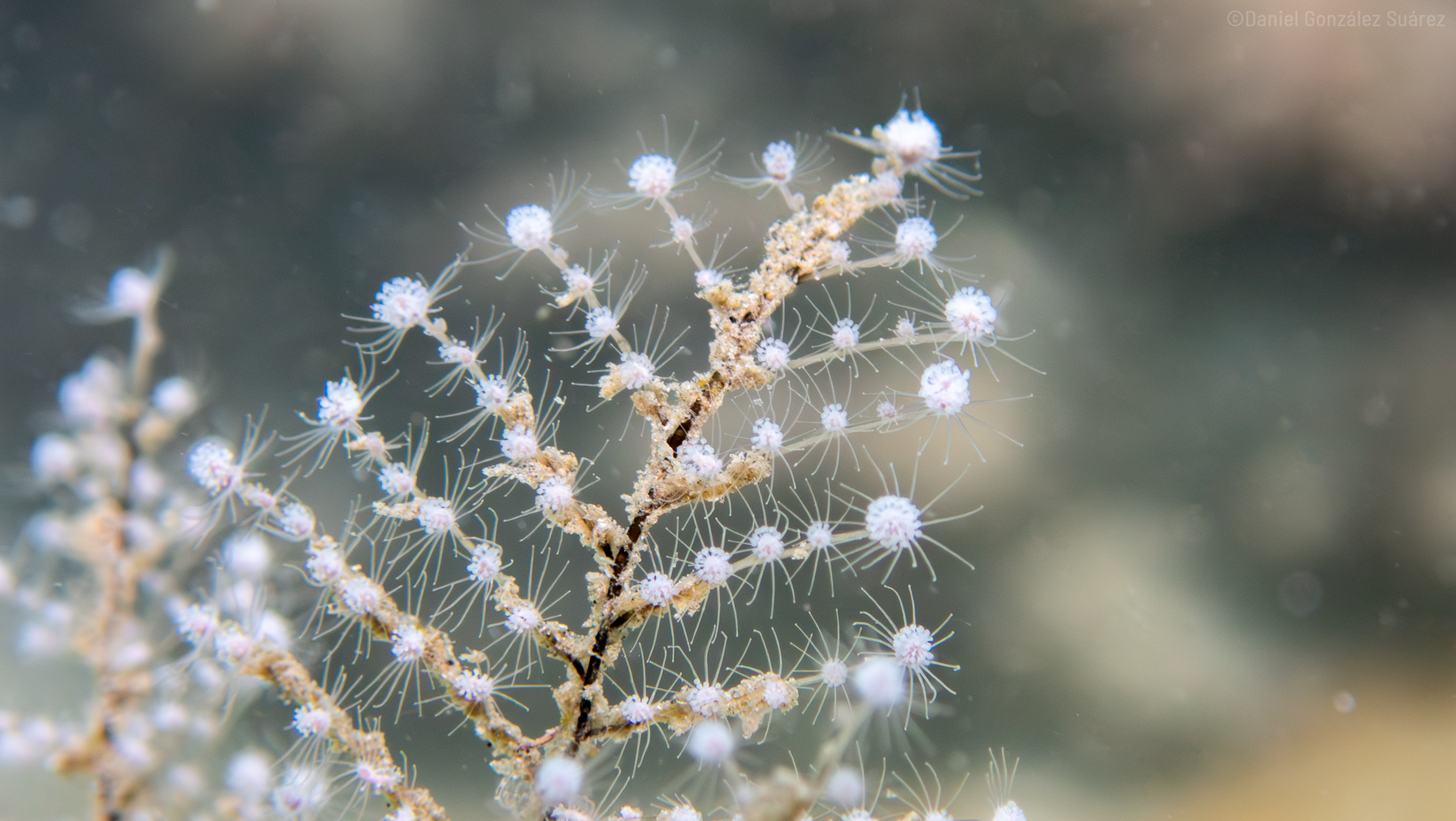
Enjoy Reading This Article?
Here are some more articles you might like to read next: